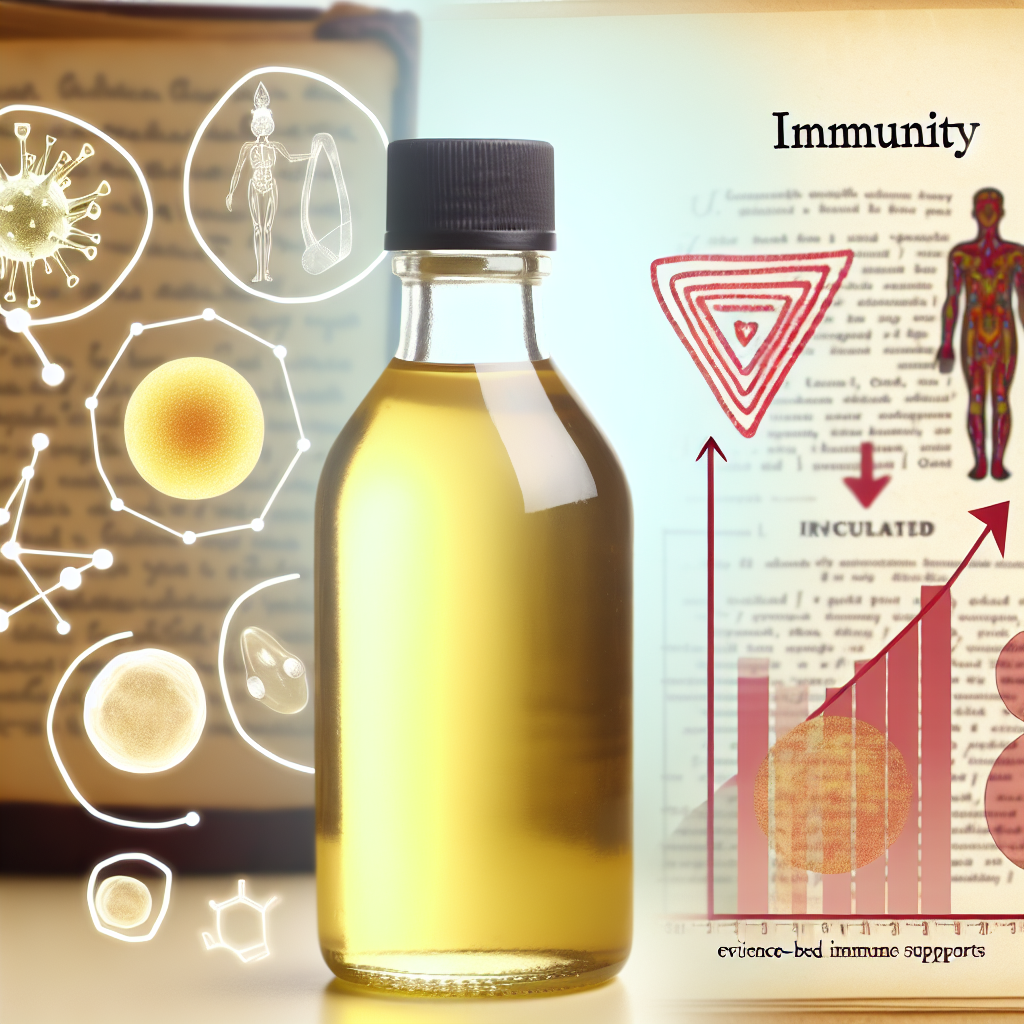Several variables contribute to the harsh environment that honey provides for germs, which is the source of honey’s antibacterial and antifungal properties.
Honey contains a high concentration of antioxidants, enzymes, and minerals useful to human health. Hydrogen peroxide is one of these minerals. Honey is distinct in that it naturally creates hydrogen peroxide, which is a mild antibacterial.
With its potent disinfectant properties, hydrogen peroxide is frequently employed to disinfect wounds and ward off infections. Hydrogen peroxide is produced by diluting honey with water. This hydrogen peroxide can kill bacteria and fungi. Honey is a natural cure useful for treating minor cuts, burns, and infections because of this ingredient.
The hydrogen peroxide produced by honey is not as powerful as the hydrogen peroxide that can be purchased in pharmacies, which is typically 3% hydrogen peroxide. However, it continues to be successful in eliminating hazardous germs and viruses. Furthermore, the inclusion of additional naturally occurring components in honey, such as flavonoids, phenolic acids, and methylglyoxal, improves the antibacterial characteristics of honey and makes it more effective than hydrogen peroxide on its own.
Honey is not only a natural energy enhancer, but it also has the potential to impact athletic performance positively.
Honey has numerous other health benefits besides its antibacterial characteristics, which are already well known. It can strengthen the immune system, relieve sore throats, and enhance digestion. Honey is not only a natural energy enhancer, but it also has the potential to impact athletic performance positively.
As stated in the conclusion, honey is a natural product that has numerous positive effects on one’s health. Its ability to produce hydrogen peroxide makes it an efficient antiseptic that can aid in the prevention of infections and the promotion of healing efforts. Honey is an alternative to manufactured sugar that is not only delicious but also nutritious, and it can be utilized in a wide variety of recipes.
Honey is characterized by a high sugar content, which results in the formation of a hyperosmolar environment. Essentially, this indicates that the honey contains a high concentration of dissolved solutes, which are sugars. These solutes pull water out of microorganisms, causing them to become dehydrated and inhibiting their growth.
Honey has a low pH level, indicating it is mildly acidic. Although honey is a sweet beverage, the presence of this acidic environment prevents the growth of a wide variety of fungi and bacteria.
On the other hand, manuka honey is well-known for its significant antibacterial activity.
Non-Peroxide Components: Honey contains other components, such as bee defensin-1, methylglyoxal, and different phenolic chemicals. These chemicals each possess unique antimicrobial properties, and when combined with the other components, they have the potential to exhibit synergistic effects that are both antibacterial and antifungal in nature.
It is essential to keep in mind that the effectiveness of honey’s antibacterial and antifungal activities might vary based on several characteristics, including the following:
Honey of a particular type: The content and potency of honey can be affected by the floral source from which the nectar originates. On the other hand, manuka honey is well-known for its significant antibacterial activity.
Honey’s enzyme activity and antibacterial benefits can be diminished if subjected to excessive processing or heating. Generally speaking, raw honey that has not been filtered retains more of its inherent characteristics.
Because of its antibacterial and antifungal properties, honey has the potential to be used as a natural therapy for wound healing, sore throat treatment, and certain other minor diseases. However, it is not a replacement for the advice or treatment provided by a qualified medical practitioner.

Dominic E. is a passionate filmmaker navigating the exciting intersection of art and science. By day, he delves into the complexities of the human body as a full-time medical writer, meticulously translating intricate medical concepts into accessible and engaging narratives. By night, he explores the boundless realm of cinematic storytelling, crafting narratives that evoke emotion and challenge perspectives.
Film Student and Full-time Medical Writer for ContentVendor.com




